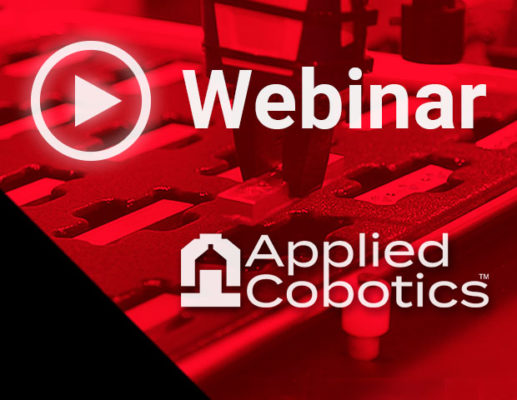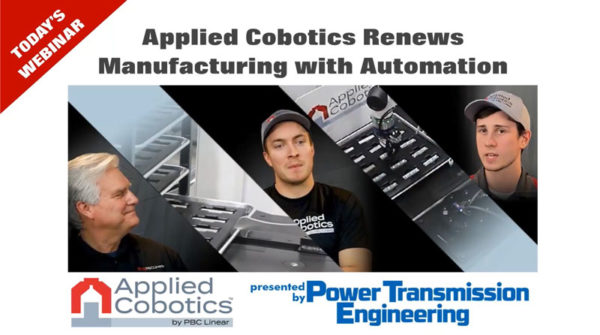PBC Linear
Webinar
Webinar Replay - Applied Cobotics Renews Manufacturing with Automation
Applied Cobotics by PBC Linear
Read More
Webinar
Applied Cobotics Renews Manufacturing with Automation
Applied Cobotics by PBC Linear
Read More







